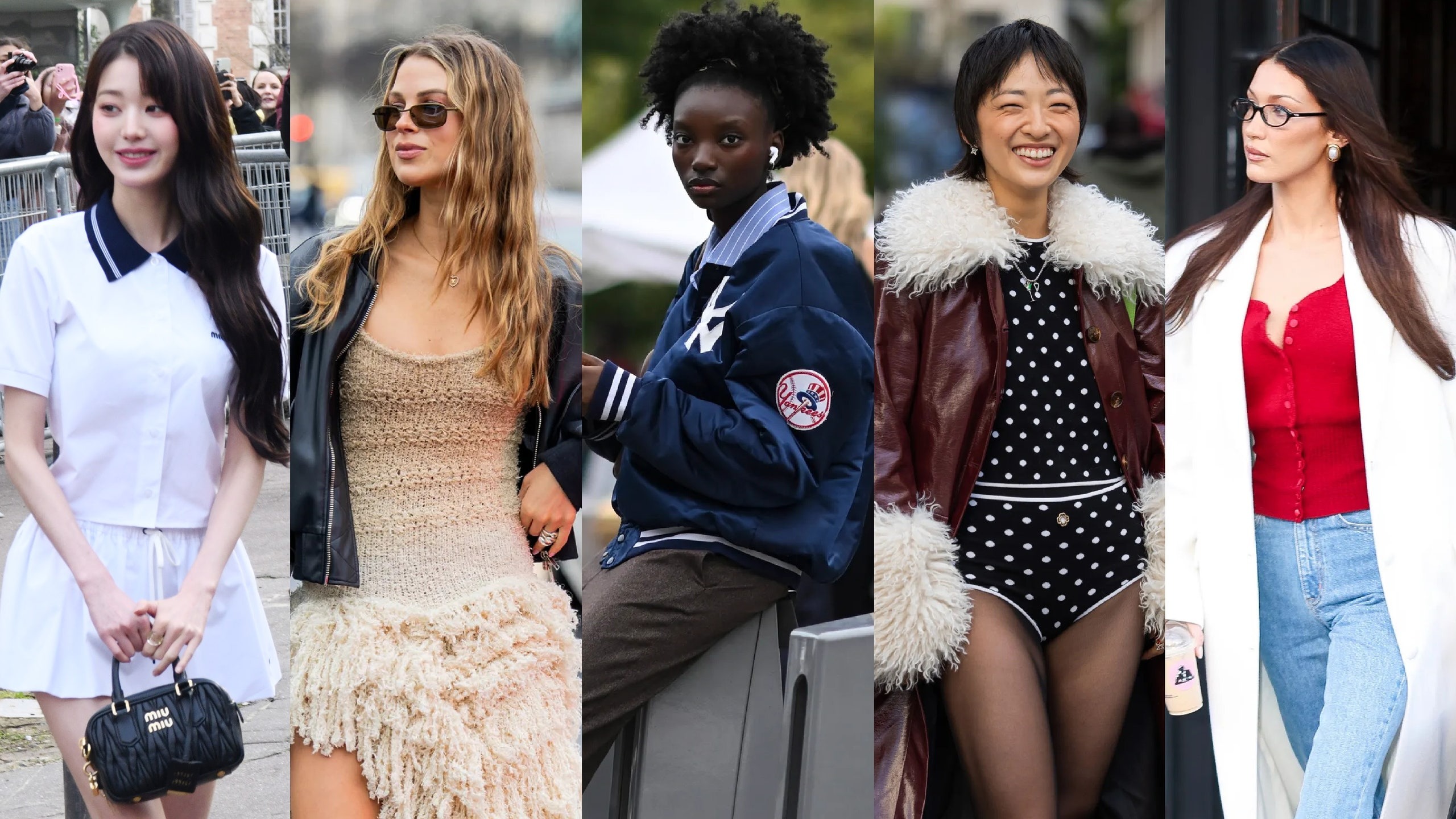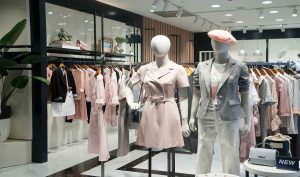The Top Fashion Trends to Watch in 2025

Fashion is ever-evolving, constantly pushing the boundaries of style, technology, and culture. As we look ahead to 2025, it’s clear that the fashion industry is set to continue its trend of embracing sustainability, technological innovation, and cultural shifts. With the rise of influencers, digital fashion, and a growing awareness of environmental impact, the upcoming trends are more diverse and futuristic than ever. In this article, we will explore the top fashion trends that are expected to dominate in 2025, offering insight into what to expect in the world of fashion.
1. Sustainability Takes Center Stage
Sustainability has been an ongoing theme in fashion for years, but by 2025, it is predicted to become the cornerstone of the industry. With an increasing awareness of the environmental impact of fast fashion, consumers and designers are shifting towards eco-friendly alternatives. In 2025, we’ll see more brands using recycled materials, biodegradable fabrics, and sustainable production methods.
The concept of a “circular economy” in fashion will also gain momentum. This means clothing will be designed with their entire lifecycle in mind—from production to disposal. Garments will be made to last longer, with repairability and recycling in mind. Additionally, rental fashion and second-hand clothing will continue to rise in popularity, further reducing waste.
Brands will also focus on transparency, with many offering full visibility into their supply chains. Consumers are becoming more conscious of where and how their clothes are made, pushing brands to adopt fair labor practices and sustainable sourcing.
2. Digital Fashion and Virtual Reality
As technology continues to infiltrate the fashion industry, digital fashion is set to be a dominant trend by 2025. Virtual reality (VR) and augmented reality (AR) will allow consumers to try on clothes in digital environments, significantly changing the online shopping experience. Platforms like virtual fitting rooms will become commonplace, helping consumers make better purchase decisions from the comfort of their homes.
In addition to virtual shopping experiences, digital fashion itself will grow. Designers are increasingly creating virtual garments that can be worn in digital spaces like social media or virtual worlds. Digital fashion eliminates the need for physical materials, reducing waste while providing new avenues for self-expression.
In 2025, virtual fashion shows and digital runways will become more prominent, allowing designers to showcase their collections to a global audience. Digital fashion will also influence the traditional fashion world, with collaborations between physical and digital fashion houses leading to hybrid collections.
3. The Rise of Gender-Neutral Fashion
The fashion world has traditionally been divided into distinct categories for men and women, but in 2025, the line between these categories will continue to blur. Gender-neutral and unisex fashion is gaining traction, reflecting a cultural shift toward inclusivity and self-expression. Designers are increasingly creating collections that cater to all genders, offering versatile styles that break free from the constraints of traditional gender norms.
The demand for gender-neutral clothing is fueled by the growing acceptance of gender fluidity in society. Consumers are increasingly seeking pieces that can be worn by anyone, regardless of gender, emphasizing comfort, individuality, and versatility. Expect to see more unisex collections from both high-end and fast-fashion brands, with a focus on relaxed fits, neutral colors, and minimalist designs.
4. Smart Fabrics and Wearable Technology
By 2025, smart fabrics and wearable technology will make a significant impact on the fashion industry. Innovations in textile technology will lead to the creation of fabrics that respond to environmental factors, such as temperature, moisture, and even mood. Smart clothing will be able to adjust to its surroundings, keeping the wearer comfortable in various conditions.
Wearable technology will also continue to evolve, blending fashion with function. Expect to see clothing that integrates seamlessly with digital devices, such as jackets with built-in charging ports or activewear that tracks health metrics. Fashion will become more personalized, with items that offer both style and practicality. In addition to enhancing comfort and functionality, these innovations will allow for greater self-expression, as tech-enabled clothing can change color or pattern based on the wearer’s preferences.
The fusion of fashion and technology will also result in the rise of fashion accessories with tech features, like smartwatches, augmented reality glasses, and interactive jewelry. These products will seamlessly integrate into everyday life while maintaining a stylish aesthetic.
5. The Return of Retro and Nostalgic Styles
Nostalgia is a powerful force in fashion, and by 2025, we’ll see a return to retro styles, especially from the ’90s and early 2000s. Influenced by the resurgence of past decades, many designers will incorporate elements of these eras into their collections. From baggy jeans and oversized jackets to platform shoes and neon colors, the fashion of the late 20th and early 21st century will make a comeback.
However, these retro styles won’t just be a direct copy of the past. Instead, they will be reinterpreted with a modern twist, blending nostalgia with contemporary elements. Expect to see more sustainable versions of classic pieces, such as recycled denim jeans, upcycled vintage jackets, and eco-friendly sneakers.
This trend is also fueled by the growing influence of social media, where platforms like Instagram and TikTok celebrate vintage fashion and the re-emergence of trends from previous decades. The younger generation’s fascination with “throwback” fashion will continue to shape the industry in 2025.
6. Bold Colors and Statement Pieces
In 2025, fashion will embrace bold, vibrant colors and statement-making designs. After years of neutral tones and minimalist styles dominating the runways, designers will take a more daring approach, with color palettes that evoke confidence and individuality. Expect to see bright neon hues, bold primary colors, and unexpected color combinations making their way into both streetwear and high fashion.
Statement pieces, whether it’s an oversized coat, a bold handbag, or an eye-catching pair of shoes, will be a key feature of the fashion landscape. These items will not only serve as functional pieces of clothing but also as powerful expressions of personal style and identity.
In addition to color, statement prints and patterns, such as animal prints, geometric designs, and abstract artwork, will dominate. These eye-catching elements will provide a stark contrast to the more minimalist designs of the past, making fashion more expressive and experimental.
7. Luxury Meets Comfort: The Rise of Athleisure
Comfort has become a priority for many consumers, especially as people embrace more relaxed lifestyles. In 2025, this shift will continue, with athleisure remaining a dominant trend. However, the definition of athleisure will expand to include more upscale, luxury versions of casual wear.
High-end designers will integrate athletic-inspired elements such as tracksuits, sneakers, and hoodies into their collections, elevating the look with luxurious fabrics and craftsmanship. Comfort and style will merge, as fashion moves away from restrictive silhouettes toward pieces that are more practical, yet still stylish. The focus on versatility and multi-functionality will be key in this trend, with items designed for both lounging and going out.
Conclusion
As we approach 2025, fashion is set to become more inclusive, sustainable, and innovative than ever before. From the integration of technology and digital fashion to the return of nostalgic styles and the rise of gender-neutral clothing, the industry is embracing change and experimentation. Fashion will continue to be a reflection of society, mirroring cultural shifts, technological advancements, and an increasing desire for personal expression.
As these trends unfold, they will reshape the way we think about style, comfort, and sustainability, offering new opportunities for both designers and consumers to explore the future of fashion.



